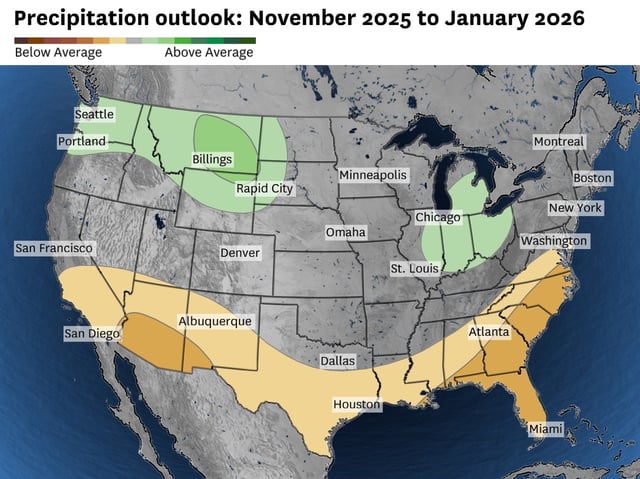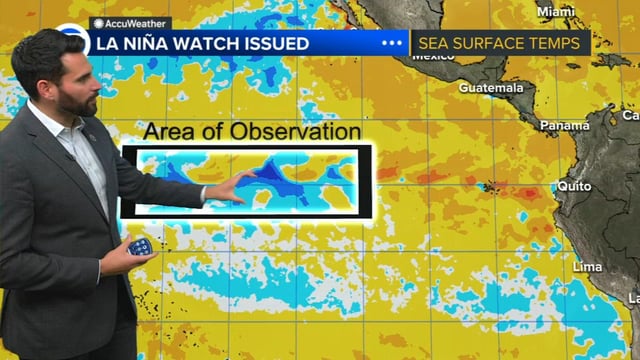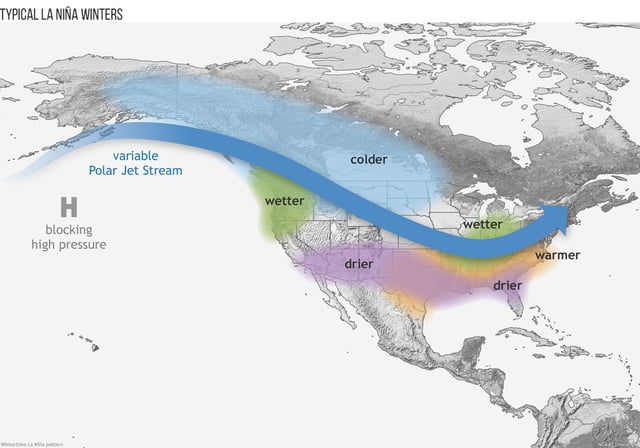Overview
- The watch reflects favorable tropical Pacific conditions this fall but does not guarantee that La Niña will develop.
- In a typical La Niña pattern, northern California and the Pacific Northwest see above-average precipitation while Southern California trends drier than normal.
- Meteorologists warn the San Francisco Bay Area sits at an inflection point where it could experience either wetter or drier conditions.
- Current projections describe the potential La Niña as relatively weak and short-lived, with sea-surface temperatures likely returning to neutral within months.
- Experts emphasize that atmospheric rivers and other climate variables can override La Niña’s usual influence and drive local weather extremes.



